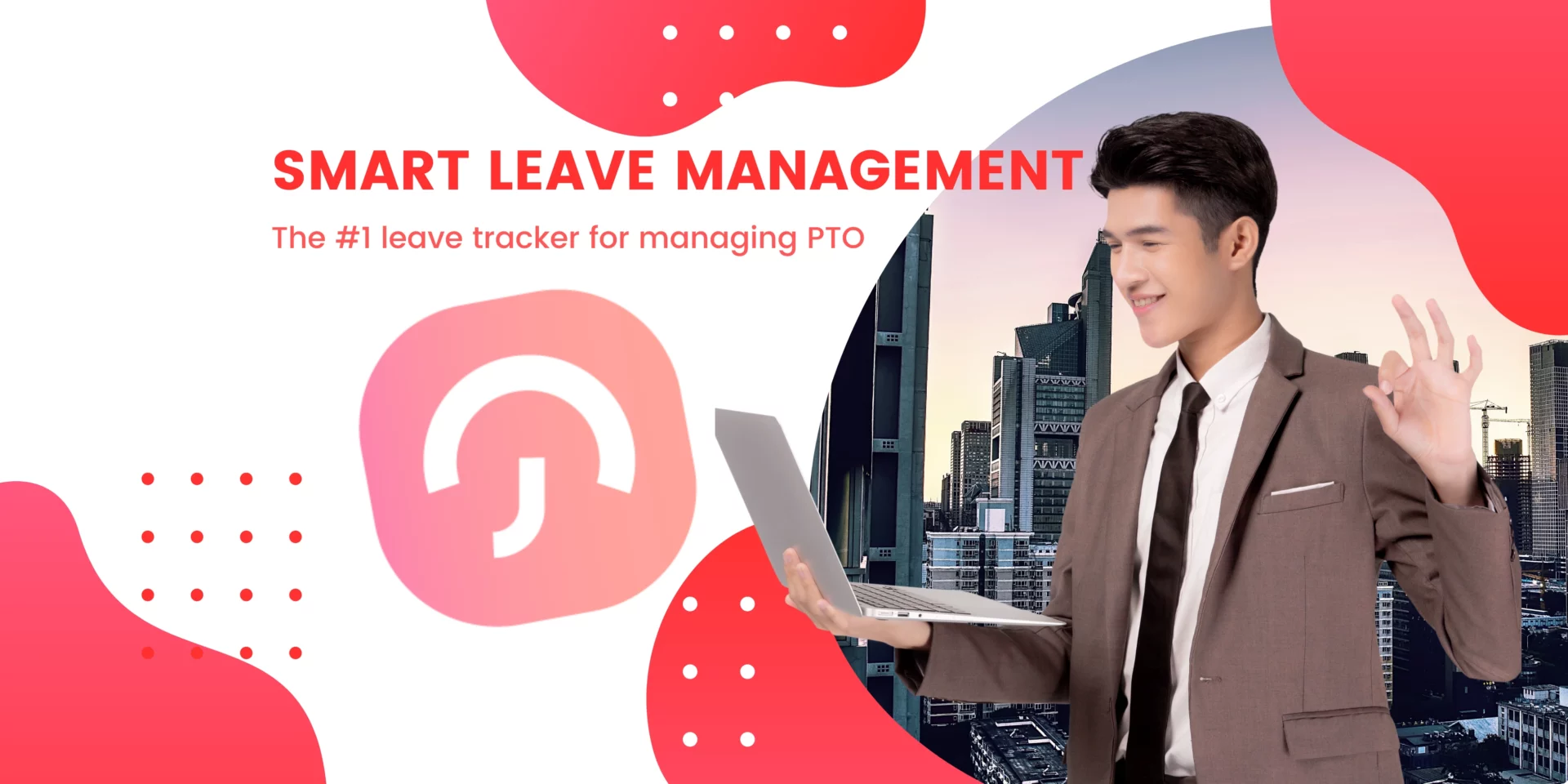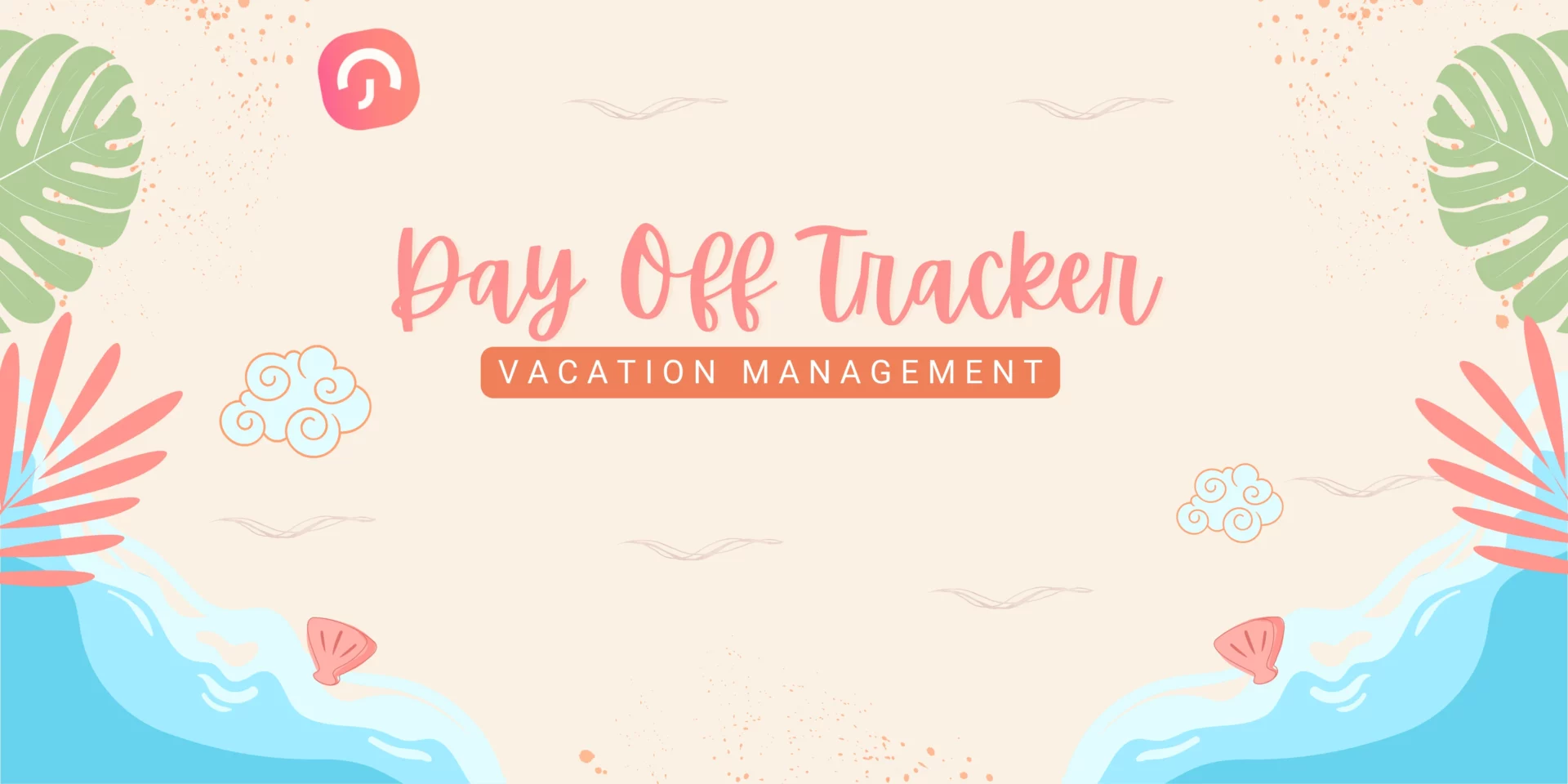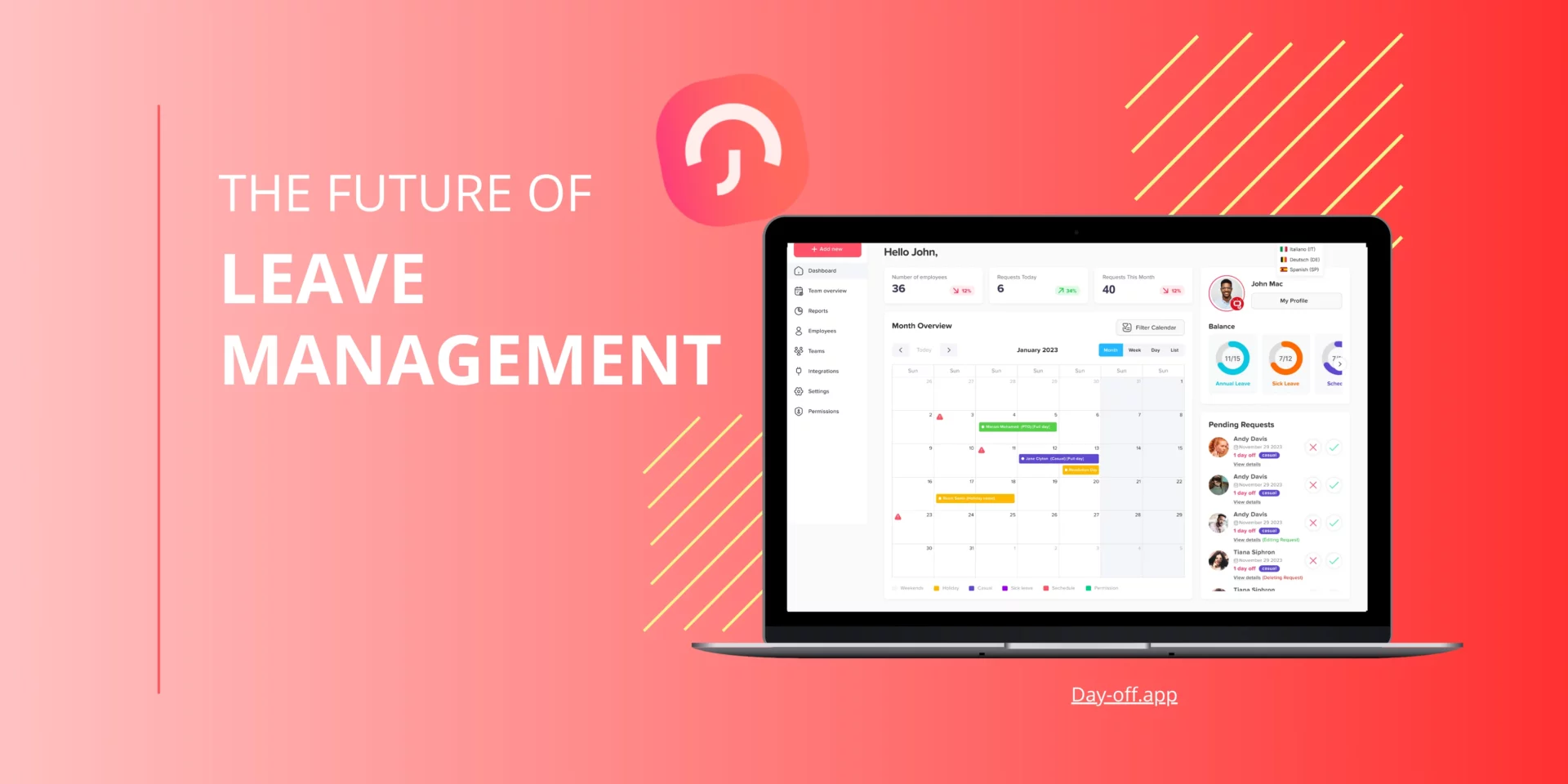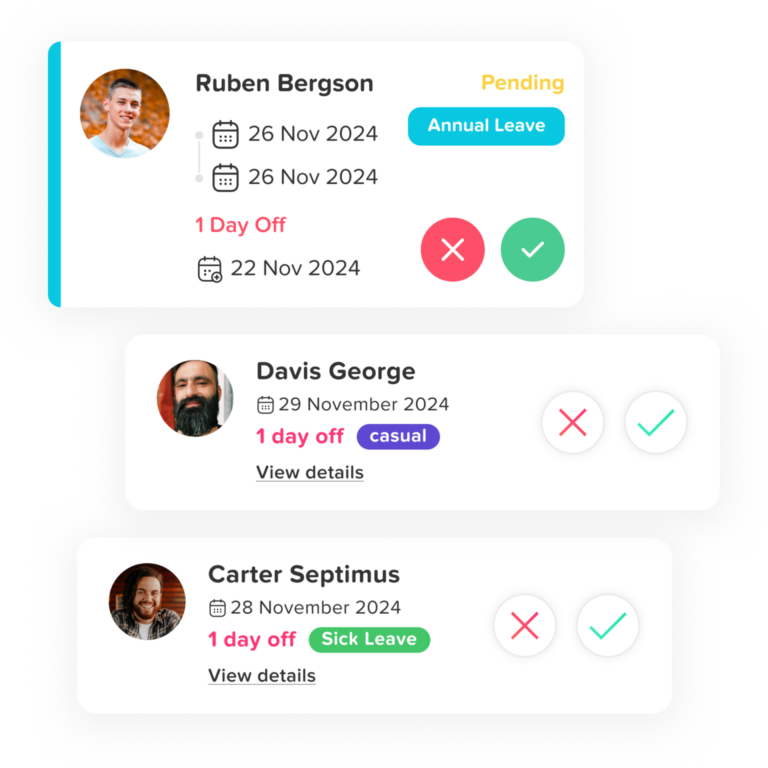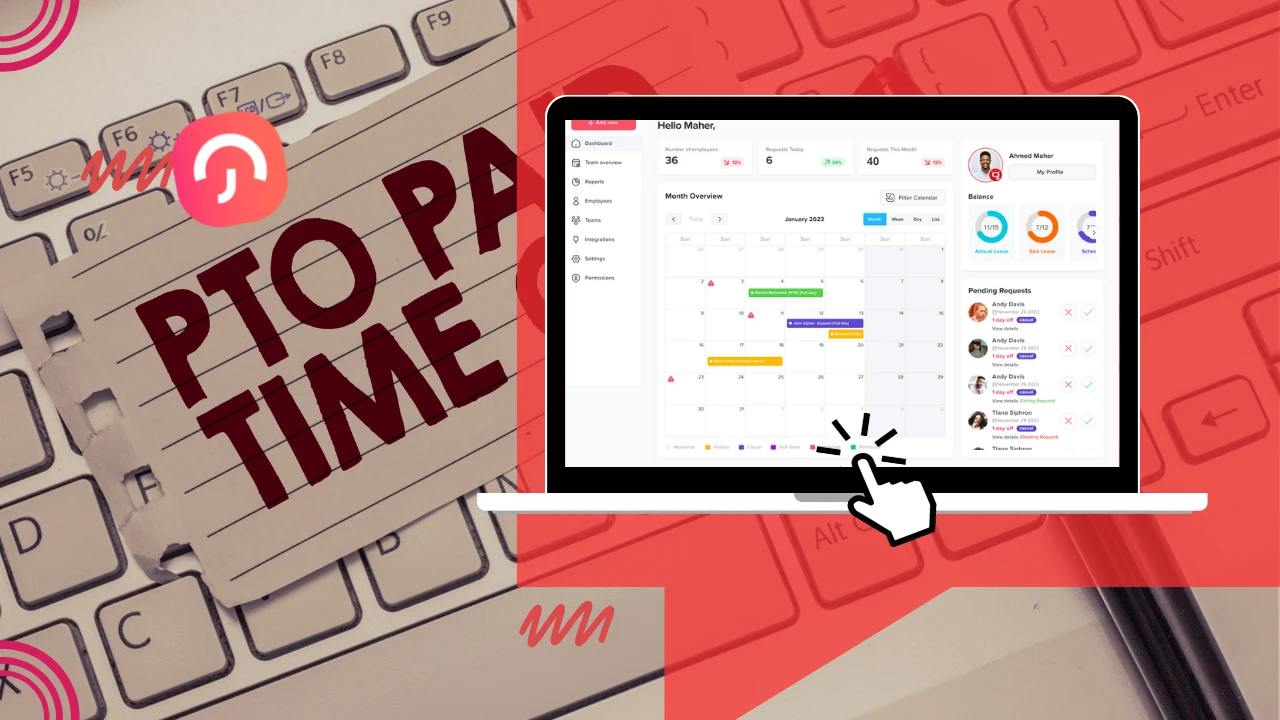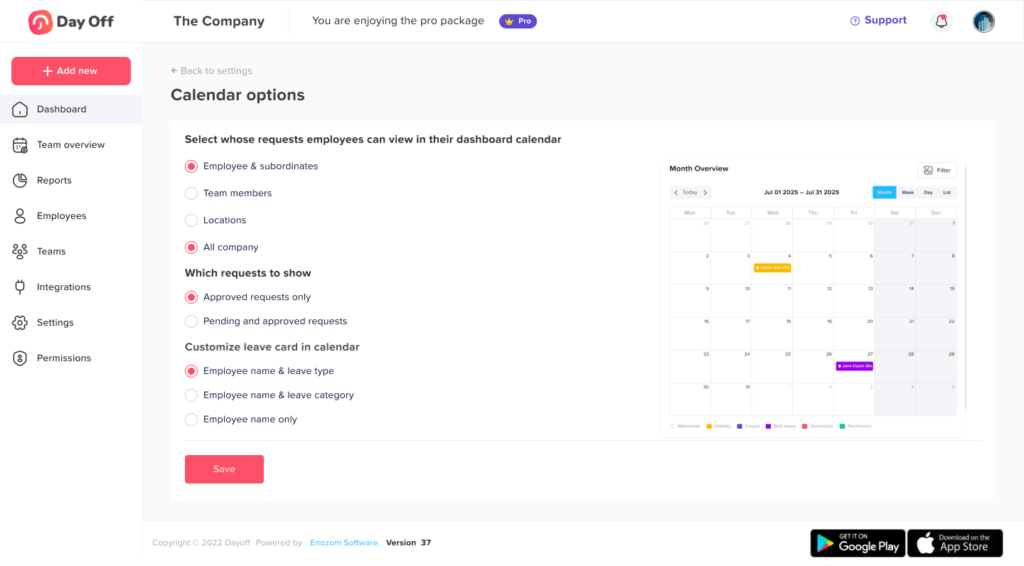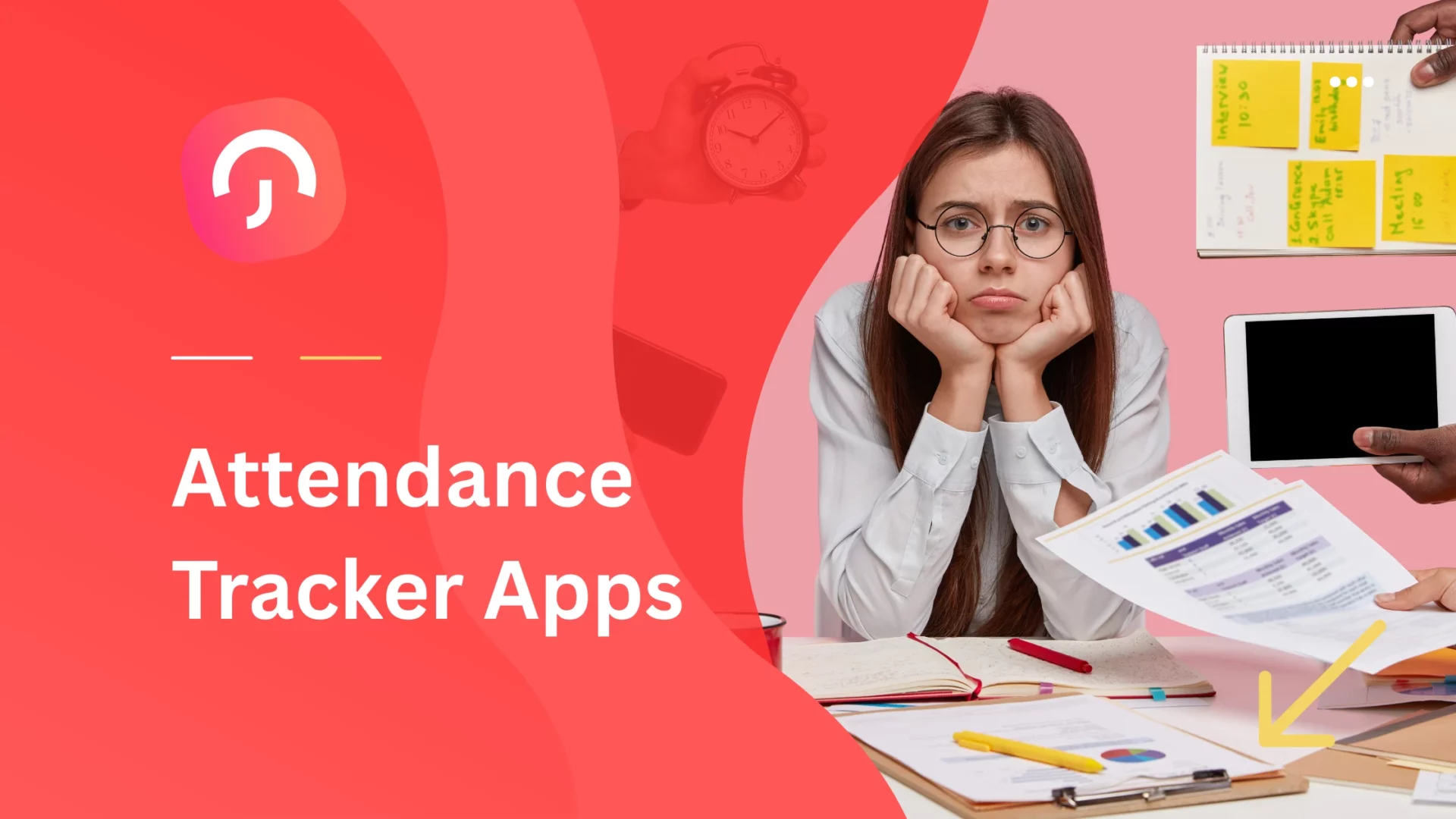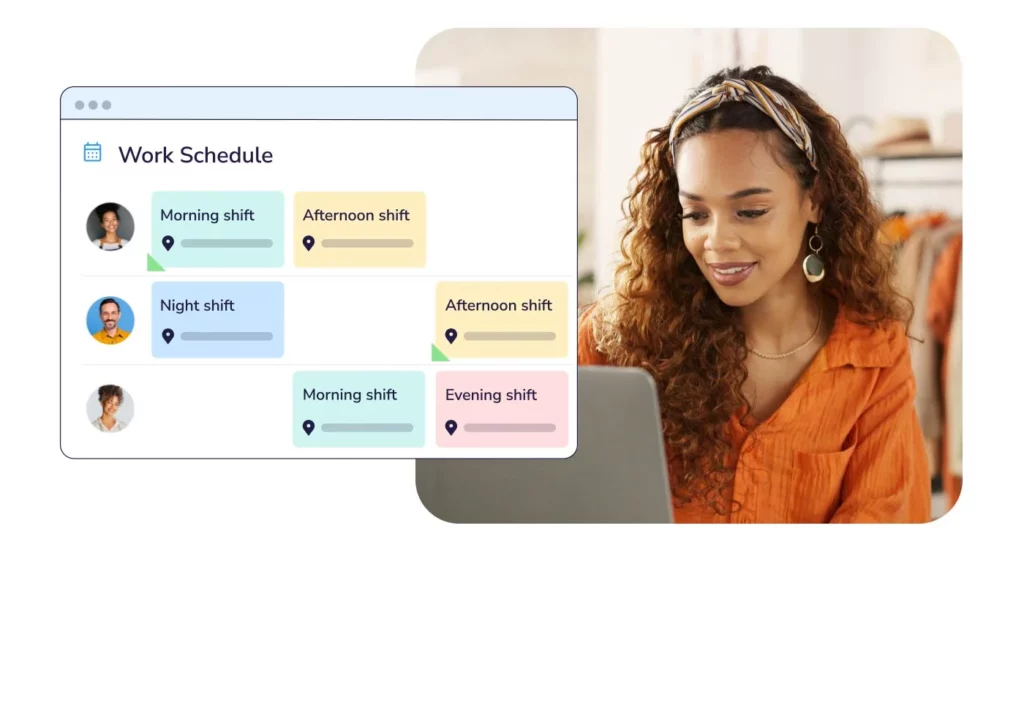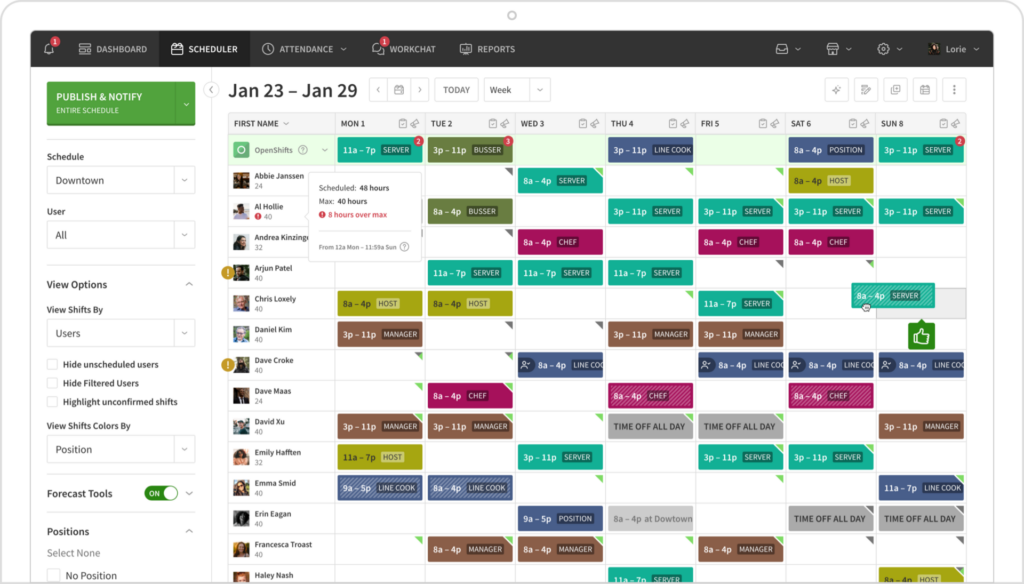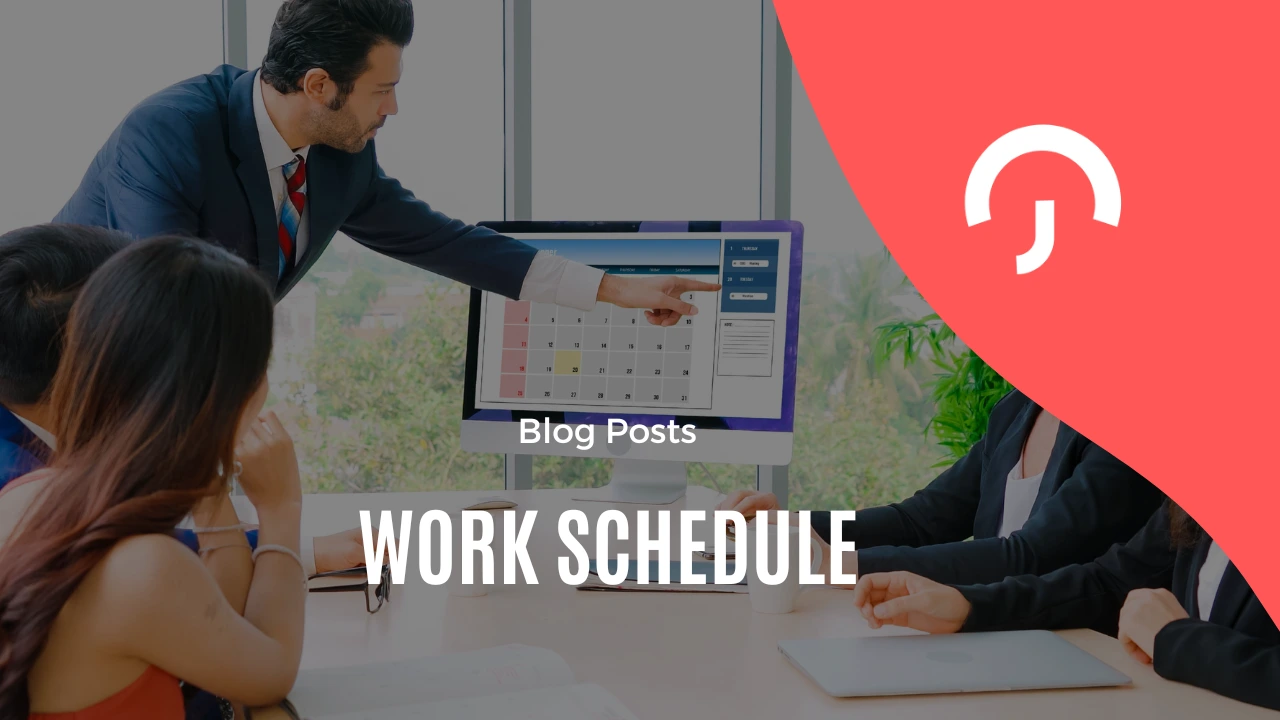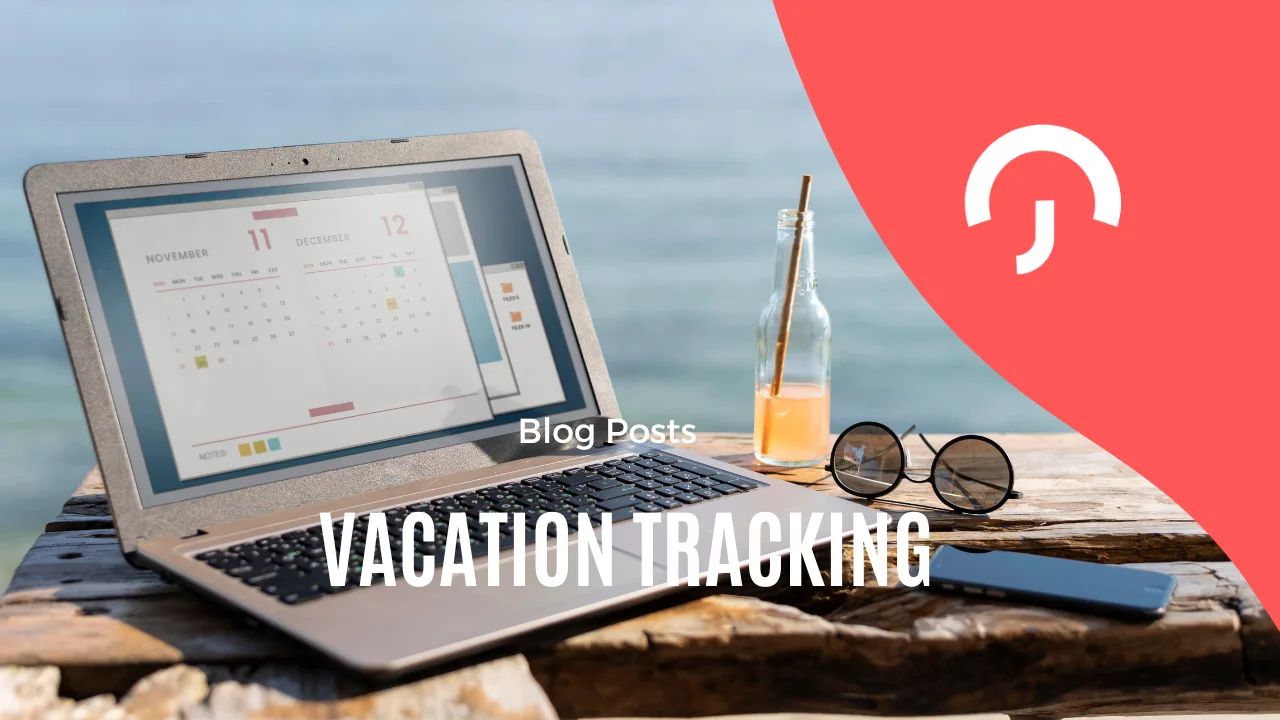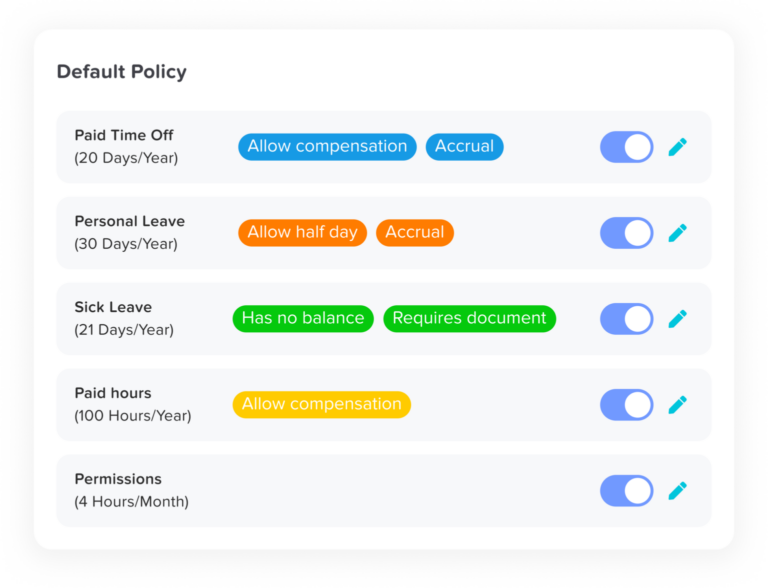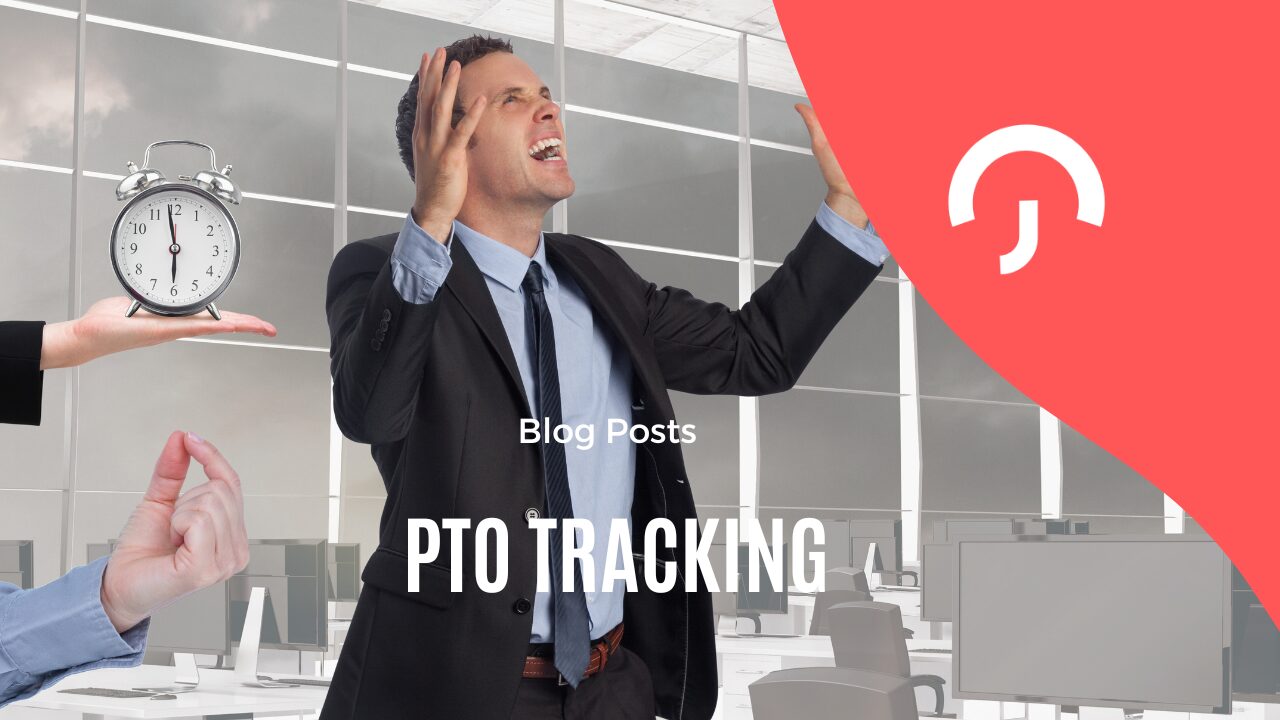Managing employee leave should be a smooth and stress free process by using leave tracker, yet many companies still rely on outdated systems like spreadsheets or endless email chains. These manual methods often result in errors, delays, and miscommunication that affect both employee satisfaction and business productivity.
Day Off offers a modern, all in one solution to these challenges. As a dedicated PTO, vacation, and leave tracking app available on iOS, Android, and web, Day Off helps businesses streamline leave management while giving employees and managers the transparency they need to plan ahead.
Why Efficient Leave Tracker Matters
Time off isn’t just about vacations it’s about supporting employee health, ensuring fair scheduling, and keeping business operations running smoothly. Here’s why an effective leave tracker system is critical:
Employee Well Being: Employees who can easily request and take time off are more likely to return refreshed, reducing stress and preventing burnout. This improves both job satisfaction and long term retention.
Productivity & Coverage: When managers have visibility into leave schedules, they can ensure projects stay on track and avoid situations where multiple key employees are absent at the same time.
Transparency & Fairness: A clear, automated system eliminates confusion about PTO balances and prevents favoritism in approvals, building trust within the team.
Payroll Accuracy & Compliance: Proper tracking ensures employees are compensated correctly for their time off and helps companies comply with labor laws in different regions.
Without a reliable system, organizations often face frustrated employees, overworked teams, and unnecessary administrative stress. Day Off solves these problems by digitizing and simplifying the entire leave management process.
What Makes Day Off Different?
Unlike general HR software where leave tracker is just one small feature, Day Off is built specifically for PTO and time off tracking. That means every function has been designed to make the experience simple, efficient, and frustration‑free.
Simple Leave Requests
Submitting leave requests no longer requires long emails or paper forms. With Day Off, employees can request vacation days, sick leave, or personal time directly from their phone or computer. The app’s intuitive interface makes the process quick and user‑friendly. Once submitted, managers receive real time notifications and can approve or decline requests instantly. This reduces back and forth communication and ensures employees always know where their request stands.
Real Time PTO Balance Tracking
One of the most common sources of frustration in workplaces is uncertainty about available leave balances. Day Off eliminates this problem by automatically calculating and updating PTO balances after each request. Employees no longer need to ask HR for updates they can see their remaining days instantly. This level of transparency empowers employees to plan vacations or personal time without second guessing.
Centralized Vacation Calendar
With a shared calendar, managers and employees alike can see who’s taking time off and when. This bird’s eye view prevents scheduling conflicts, ensures departments aren’t left understaffed, and helps managers plan project timelines more effectively. The calendar can also highlight national holidays and company wide closures, making it easier to coordinate around peak vacation seasons.
Fully Customizable Leave Policies
Every organization has unique rules for time off. Day Off allows businesses to tailor leave categories and policies to fit their exact needs. Whether you offer unlimited PTO, traditional accrual systems, or specific categories like maternity leave, bereavement leave, or unpaid days off, the system can adapt. HR managers can also set up multi level approval workflows to match company hierarchies, ensuring the right people review each request.
Multi Platform Access Anywhere, Anytime
With employees working remotely or in hybrid setups, accessibility is key. Day Off is available on iOS, Android, and the web, so employees and managers can submit, approve, and review leave requests from any device. Whether you’re in the office, working from home, or traveling, the app keeps everyone connected and informed.
In Depth Reporting & Analytics
Day Off isn’t just about requests and approvals it’s also a powerful analytics tool. Managers and HR teams can generate detailed reports to track:
Leave usage trends over months or years
Absenteeism patterns across departments
Remaining PTO balances
The impact of leave on workforce availability
These insights help organizations make data driven decisions, identify staffing gaps, and adjust leave policies to better support employees while maintaining productivity.
Benefits of Using Day Off Leave Tracker
Adopting Day Off brings benefits across every level of the organization:
For Employees
Transparency: Employees can instantly see their PTO balances and request statuses, eliminating guesswork.
Convenience: With mobile and web access, they can make requests anytime, anywhere.
Peace of Mind: Knowing requests are tracked digitally reduces stress and uncertainty.
For Managers & HR
Time Savings: Automated processes cut down on manual paperwork and spreadsheet management.
Better Planning: The shared calendar and reports make it easier to plan projects and shifts without overlapping absences.
Fairness & Consistency: Approval workflows ensure everyone follows the same policies, reducing complaints about favoritism.
Accurate Payroll & Compliance: Leave records are precise, reducing the risk of errors during payroll processing or audits.
For the Organization
Improved Productivity: With clear scheduling, projects and customer service don’t suffer when employees are on leave.
Employee Satisfaction: Transparent and fair leave management contributes to higher morale and better retention rates.
Cost Efficiency: Reducing errors and manual tracking lowers administrative costs.
Scalability: Whether you have 10 employees or 1,000, the system adapts to your needs as your business grows.
Who Should Use Day Off Leave Tracker?
Day Off is built for businesses of all sizes and industries. It’s especially valuable for:
Small Businesses & Startups: Where every hour of admin time counts, and errors in leave tracking can have big impacts.
Growing Teams: Companies experiencing rapid growth often face increasing leave requests Day Off ensures nothing falls through the cracks.
Remote & Hybrid Teams: With distributed workforces, a cloud based leave management system keeps everyone aligned.
Enterprises: Large organizations benefit from the app’s detailed reporting, analytics, and customization options.
Nonprofits & Education: Where multiple types of leave and varied schedules require flexibility.
How to Get Started with Day Off Leave Tracker
Onboarding your team to Day Off is quick and simple:
Sign Up at Day Off
Set Leave Policies that match your organization’s rules, including accruals and leave types.
Add Employees via email invitations or bulk uploads.
Start Using the platform to request, approve, and track time off.
Monitor & Optimize with real time calendars, reports, and analytics.
Most companies can go from sign up to full implementation in just a few hours.
FAQ
What is Day Off?
Day Off is a leave management and PTO tracking app that helps businesses manage employee time off seamlessly. It allows employees to request vacation, sick leave, or personal days while giving managers a centralized platform to review, approve, and track requests.
How does Day Off calculate PTO balances?
Day Off automatically updates each employee’s PTO balance after every approved request. HR managers can set custom accrual rules such as monthly or annual allocations and the system keeps balances accurate without manual tracking.
Can Day Off handle multiple leave types?
Yes. Day Off is fully customizable and supports various leave categories, including annual leave, sick days, half days, maternity/paternity leave, unpaid leave, and more. Companies can also create custom leave types to fit unique policies.
Is Day Off suitable for remote and hybrid teams?
Absolutely. Since Day Off is available on iOS, Android, and the web, employees and managers can access it from anywhere. This makes it especially effective for remote or distributed teams that need a centralized leave management solution.
Can managers see all team members’ leave schedules?
Yes. Day Off provides a shared vacation calendar where managers can see who is on leave at any given time. This feature helps avoid overlapping absences and ensures teams remain fully staffed.
How secure is the data on Day Off?
Day Off prioritizes data security and privacy, ensuring that employee information and leave records are protected through encryption and secure cloud storage.
Can Day Off generate reports for HR and payroll?
Yes. The system offers detailed reporting and analytics, allowing HR and finance teams to access data on leave usage, PTO balances, absenteeism trends, and compliance metrics. These reports simplify payroll processing and improve workforce planning.
How easy is it to set up Day Off for my company?
Very easy. You can sign up, set leave policies, and invite employees within minutes. The platform is designed to be intuitive, so both managers and employees can start using it right away without lengthy training.
Does Day Off send reminders and notifications?
Yes. Both employees and managers receive real time notifications about pending requests, approvals, and upcoming leaves. This ensures no one forgets important updates and helps teams stay coordinated.
How much does Day Off cost?
Pricing depends on your team size and requirements. You can visit the Day Off website for the most up to date plans and choose the one that best fits your organization’s needs.
Conclusion
In a world where efficiency and transparency are essential, outdated leave tracking methods can slow down business and frustrate employees. Day Off provides a modern, intuitive, and reliable solution to simplify PTO, vacation, and leave management for businesses of all sizes.
By replacing spreadsheets and manual processes with a smart, cloud based system, your organization can save time, reduce errors, and improve employee satisfaction.

